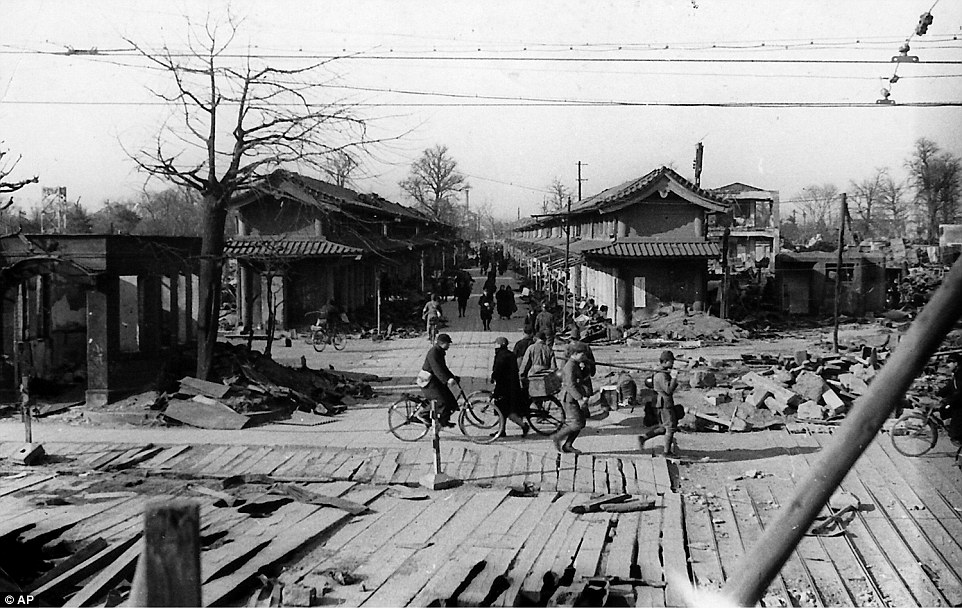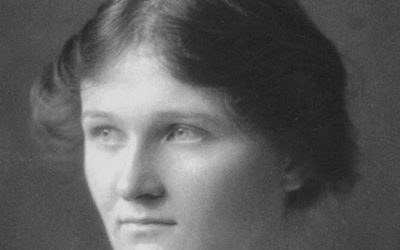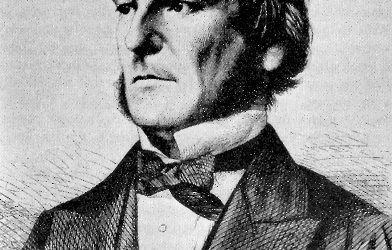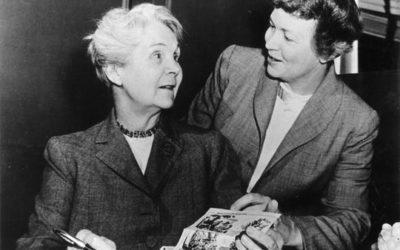Imitation is more than just a sincere form of flattery. It is a way of life, and more importantly a way of improving life. Most of the pivotal advances in technology, art and culture throughout human history can be credited to the sharing of ideas between widely different groups of people. By traveling from one head to another, new ideas are developed and refined in ways that the original inventor could scarcely have imagined.
Modern numerals originated in India and traveled through Arabia to Europe, where they enabled the development of modern science centuries later. Tea was first cultivated in China, but migrated to Europe in the 16th century and eventually, with the addition of milk and sugar, became a quintessential aspect of English culture. A Japanese cartoonist named Osamu Tezuka was inspired by a childhood fascination with Disney films from America to create his own art style, which later returned to the U.S. in the form of anime and influenced a new generation of American cartoons. None of these innovations can be attributed to one culture exclusively; they are all the result of cross-cultural pollination.
Among the other products of this cultural interchange, we can count one of the most subtly influential revolutions in modern history: the rise of Japan after World War II from a savage and humiliating defeat to become one of the world’s wealthiest and most influential nations. After many years of trying to push the Western world and its culture away, Japan ultimately succeeded by imitating the best ideas the West had to offer and adding a few of its own. In the process, it relied on the advice of many American business experts, including a pioneering engineer and statistician named W. Edwards Deming.
Deming was born in 1900 in Sioux City, Iowa, and grew up on a chicken farm belonging to his grandfather. With parents who had both received a university education, he was encouraged in his academic pursuits and ended up enrolling in the University of Wyoming when he was still 17 years old. After graduating with a BA in electrical engineering he continued his education, studying mathematics at the University of Colorado and Yale. By the early 1940s Deming was a recognized expert in statistics and quality-control techniques, and had begun to work for the U.S. Census Bureau.
Deming’s work on the census, as well as several wartime lectures he had given on the subject of applied statistics, drew the attention of General Douglas MacArthur, Supreme Commander of the Allied Powers during the U.S. occupation of Japan. MacArthur was disturbed and frustrated by the disorganization of Japan’s post-war economy, which made it nearly impossible to keep communication and supply lines open. This was an especially grave concern in a country where many citizens were still homeless and starving, desperately in need of supplies that the existing infrastructure struggled to bring them. MacArthur was convinced that Deming’s expertise would be essential in fixing these problems, so in 1947 he asked Deming to come to Japan and lead two critical projects: the upcoming 1951 Japan Census and an educational program to teach modern business methods to the Japanese.
Deming, MacArthur, and everyone else trying to rebuild Japan at this time faced a grim prospect. Nearly half of the country’s industrial plants had been destroyed in the war, with staple industries like cotton having been particularly hard-hit. Production levels of basic commodities sank to where they had been fifteen years before, but the country’s population was almost 10% higher than in 1930. The public mood was dismal, summarized by many with the word kyodatsu, literally “exhaustion”. The only hope for Japan was to rebuild as quickly as possible, with as few mistakes as possible.
Fortunately for Japan, avoiding mistakes was precisely what Deming knew how to do. Statistical process control, which he had used during the 1940 U.S. Census to cut errors down to a bare minimum, was exactly what the country’s new factories needed. He also advocated continual improvement of manufacturing processes, better product testing methods, and the use of foreign market surveys to establish a global customer base. Many diverse factors contributed to the post-war “economic miracle” that began at this time, but this new way of doing business would prove decisive in establishing a competitive advantage that Japan would maintain for the next half-century.
Using Deming’s new methods, Japan rapidly moved up the ranks of manufacturing nations over the next several decades. During the years of the U.S. occupation Japan had been seen by most Americans as a producer of cheap toys and ceramic knickknacks, but a decade after the occupation that image had changed radically with the advent of Japan’s world-class transistor radios and motorcycles. By the late 1970s Japanese automobiles, musical instruments, electronic calculators and industrial equipment, among much else, were considered equal to anything made in Europe or the United States.
Japan was so successful, in fact, that the countries it had copied were now starting to fall behind. During the 1980s, many American companies found themselves outcompeted by Japanese firms and responded by imitating the techniques used in Japan. Total Quality Management and Toyota’s “just-in-time” production system became hot topics in the business world, and later inspired home-grown American programs such as Motorola’s Six Sigma. Just like Walt Disney’s big-eyed animated characters, the business concepts pioneered by W. Edwards Deming had travelled to Japan, adapted to their new home, and then returned in a different form.
Many countries across the world, including the United States, are in the middle of troubling economic developments right now. Factories have been shuttered, international trade has shriveled, and unemployment has skyrocketed. Many of us, for the first time in our lives, now have to adjust ourselves to a smaller and more constricted economy, just as Japan did in 1945. In such trying circumstances, it would be easy for us to feel exhausted and hopeless as well.
However, maybe what we need, more than financial help, is simply a new way of doing things. Japan got itself out of the doldrums by abandoning its conservatism and accepting new ideas from far away. It took advantage of the diversity of ideas that prevails across the world, and in the process leapfrogged the competition. The brilliant new solution to our current predicament doesn’t necessarily have to come from overseas. It might be struggling to express itself in some obscure corner of your own country. It might be in your own organization, buried underneath the weight of tradition and social pressure. It might even be in you. But to benefit from that idea, we have to find it first, and be willing to use it no matter how foreign it appears.
In the words of an American TV program from 1980:
If Japan Can…Why Can’t We?














